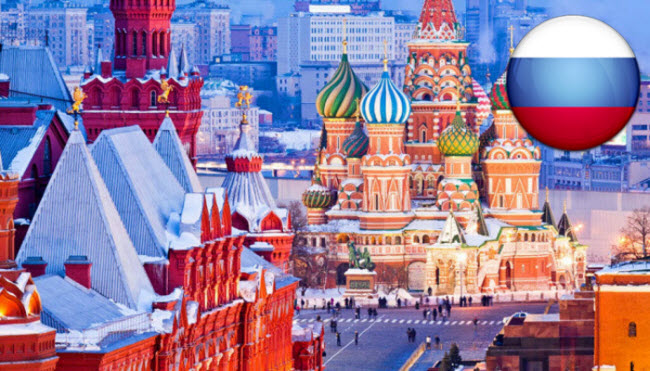Russia, the largest country in the world by land area, is located in Eastern Europe and northern Asia. It is a major global power with significant influence in international politics and economics.
Geography
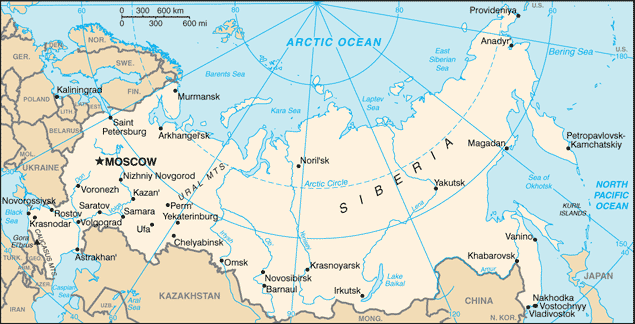
- Location: Eastern Europe and Northern Asia
- Coordinates: Approximately 61.5240° N, 105.3188° E
- Area: About 17,098,242 square kilometers.
- Borders:
- North: Arctic Ocean
- South: Mongolia (3,452 kilometers), China (4,133 kilometers), Kazakhstan (7,591 kilometers), Ukraine (1,944 kilometers), and Georgia (894 kilometers)
- East: Pacific Ocean
- West: Baltic Sea, Belarus (1,312 kilometers), and Finland (1,309 kilometers)
- Climate:
- Ranges from Arctic in the north, to temperate in the central regions, to subtropical in the southern areas.
- Topography:
- Includes vast plains, mountain ranges like the Ural and Caucasus, and extensive tundra and taiga.
- Elevation:
- The highest peak is Mount Elbrus in the Caucasus Mountains, with an elevation of 5,642 meters.
- Natural Resources:
- Includes oil, natural gas, coal, precious metals, and timber.
- Land Use:
- Approximately 10% arable land, 45% forests, 45% other uses.
- Population Distribution:
- Population is concentrated in the western part of the country, especially in major cities like Moscow and St. Petersburg.
Population and Society
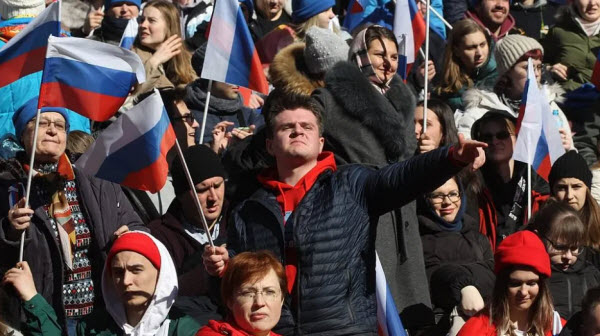
- Population: Approximately 146 million (2024 estimate).
- Ethnic Groups:
- Predominantly Russian (81%), with significant minorities including Tatar (3%), Ukrainian (1.4%), and others.
- Languages:
- Russian is the official language; minority languages include Tatar, Bashkir, Chechen, and others.
- Religions:
- Russian Orthodox Christianity (about 70%), with minority groups including Muslims, Buddhists, and Jews.
- Age Structure:
- Features a declining birth rate and a growing elderly population.
- Population Growth Rate:
- Approximately -0.2% annually (declining population).
Country
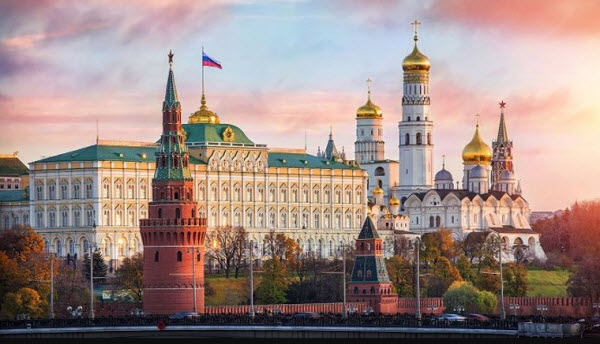
- Country Name: Russian Federation
- Common Name: Russia
- Reason for Name: Named after the historic region of Rus’.
- Type of Government: Federal Semi-Presidential Republic.
- Capital: Moscow
- Reason for Naming Capital: Moscow has been the political and economic center of Russia since the 15th century.
- Local Time: Russia spans multiple time zones, from UTC+2 to UTC+12.
- Daylight Saving Time: Not observed.
- Administrative Divisions: 85 federal subjects, including oblasts, republics, and territories.
- Territories: Includes various autonomous regions.
- Independence: Gained from the Soviet Union on December 26, 1991.
- Citizenship Acquisition: By birth, descent, or naturalization.
- Legal System: Civil law system.
- Executive Branch: The President is the head of state, and the Prime Minister is the head of government.
- Legislative Branch: The Federal Assembly, consisting of the Federation Council and the State Duma.
- Judicial Branch: Includes the Constitutional Court and the Supreme Court.
- Political Parties: United Russia, Communist Party, Liberal Democratic Party, Just Russia, and others.
- Flag Description: Consists of three horizontal stripes: white on the top, blue in the middle, and red on the bottom.
- Country Code: RUS
Economy
- GDP: Approximately $1.8 trillion USD.
- Agricultural and Animal Products: Grains, potatoes, vegetables, meat, and dairy products.
- Industries: Includes oil and gas extraction, manufacturing, defense, and mining.
- Budget: Balanced with occasional budget surpluses.
- Exports: Oil, natural gas, metals, and machinery.
- Imports: Machinery, vehicles, pharmaceuticals, and foodstuffs.
- Foreign Reserves: About $580 billion USD.
- External Debt: Around $500 billion USD.
- Local Currency: Russian Ruble (RUB).
Communications
- Landlines: About 39 million lines.
- Mobile Lines: Approximately 230 million lines.
- Country Code: +7
- Broadcast Media: Includes state-run and private television and radio channels.
- Internet Code: .ru
- Internet Users: About 130 million people.
Transportation
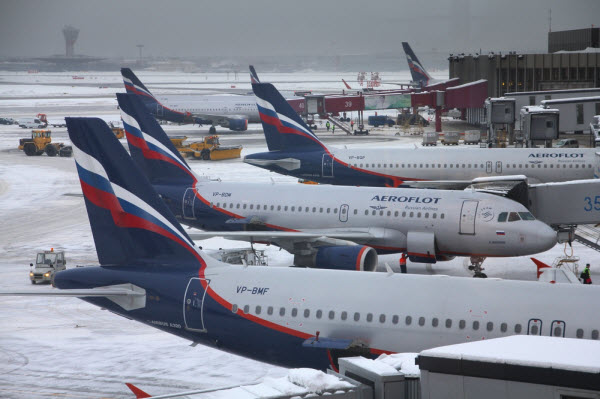
- National Air Transport System: Extensive network of airports and airlines.
- Airports: Over 1,200 airports.
- Helipads: Numerous, primarily in urban areas.
- Pipelines: Extensive network for oil and gas transport.
- Railroads: Extensive network of over 87,000 kilometers.
- Road Network: Includes major highways totaling around 1.3 million kilometers.
- Ports: Major ports include St. Petersburg, Novorossiysk, and Vladivostok.
Military
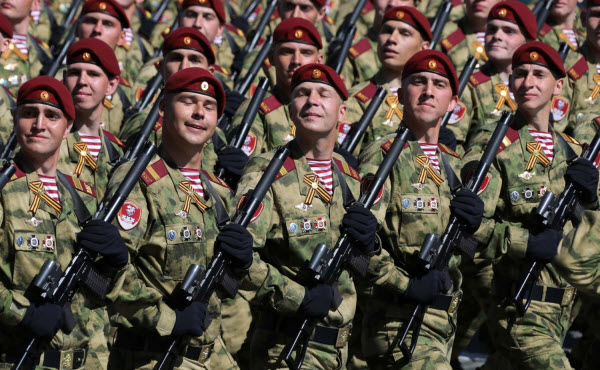
- Military Composition: Includes the Army, Navy, Air Force, and Aerospace Forces.
- Military Spending: Approximately $70 billion USD annually.
- Military and Security Personnel: About 1 million active duty members.
- Military Equipment: Includes advanced fighter jets, tanks, and submarines.
- Military Service Age: From 18 years old, with conscription.
